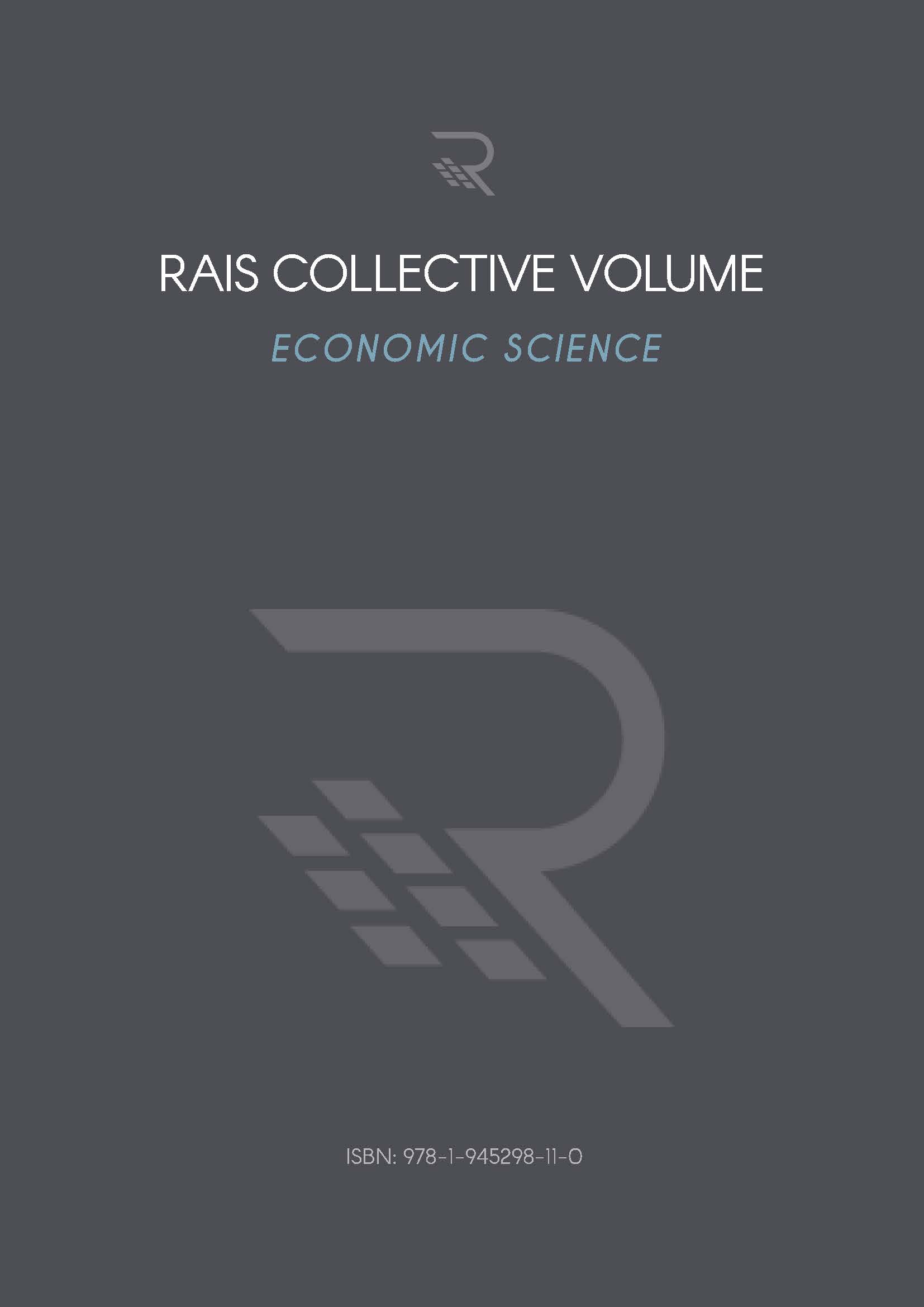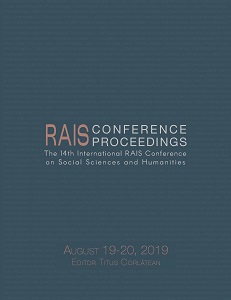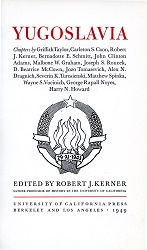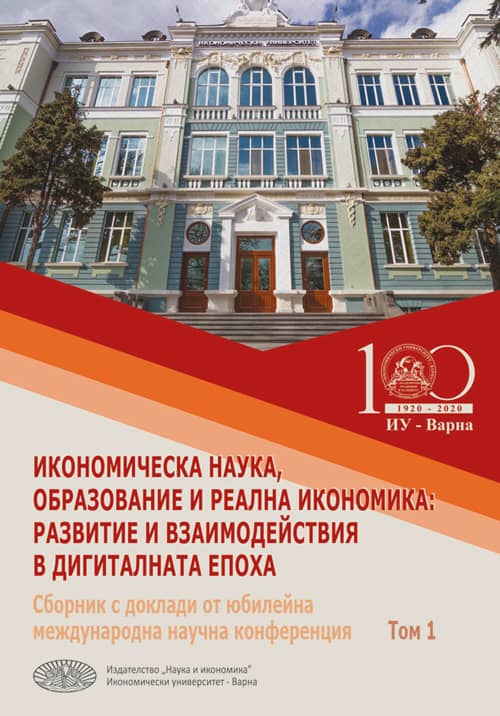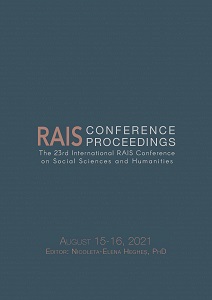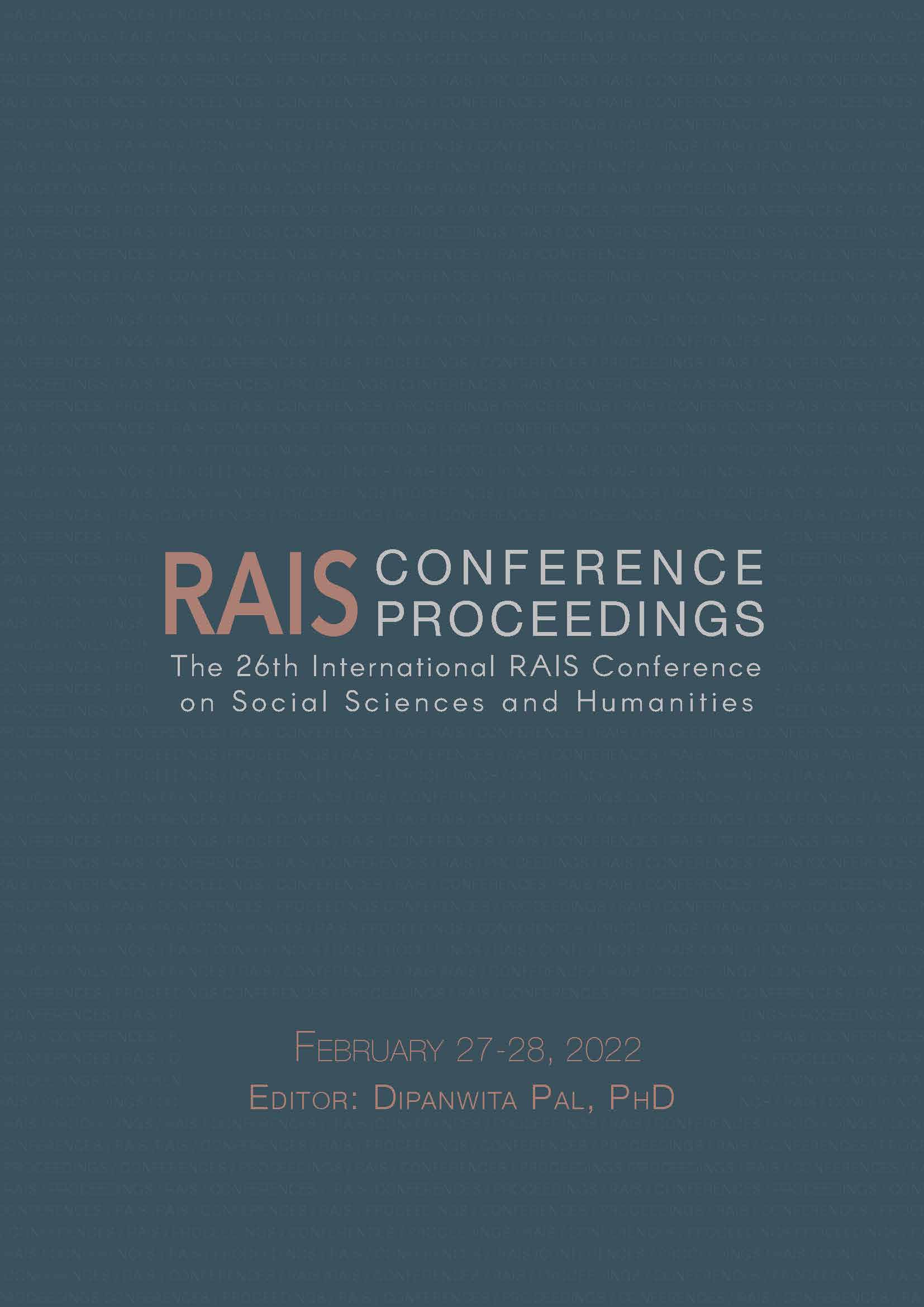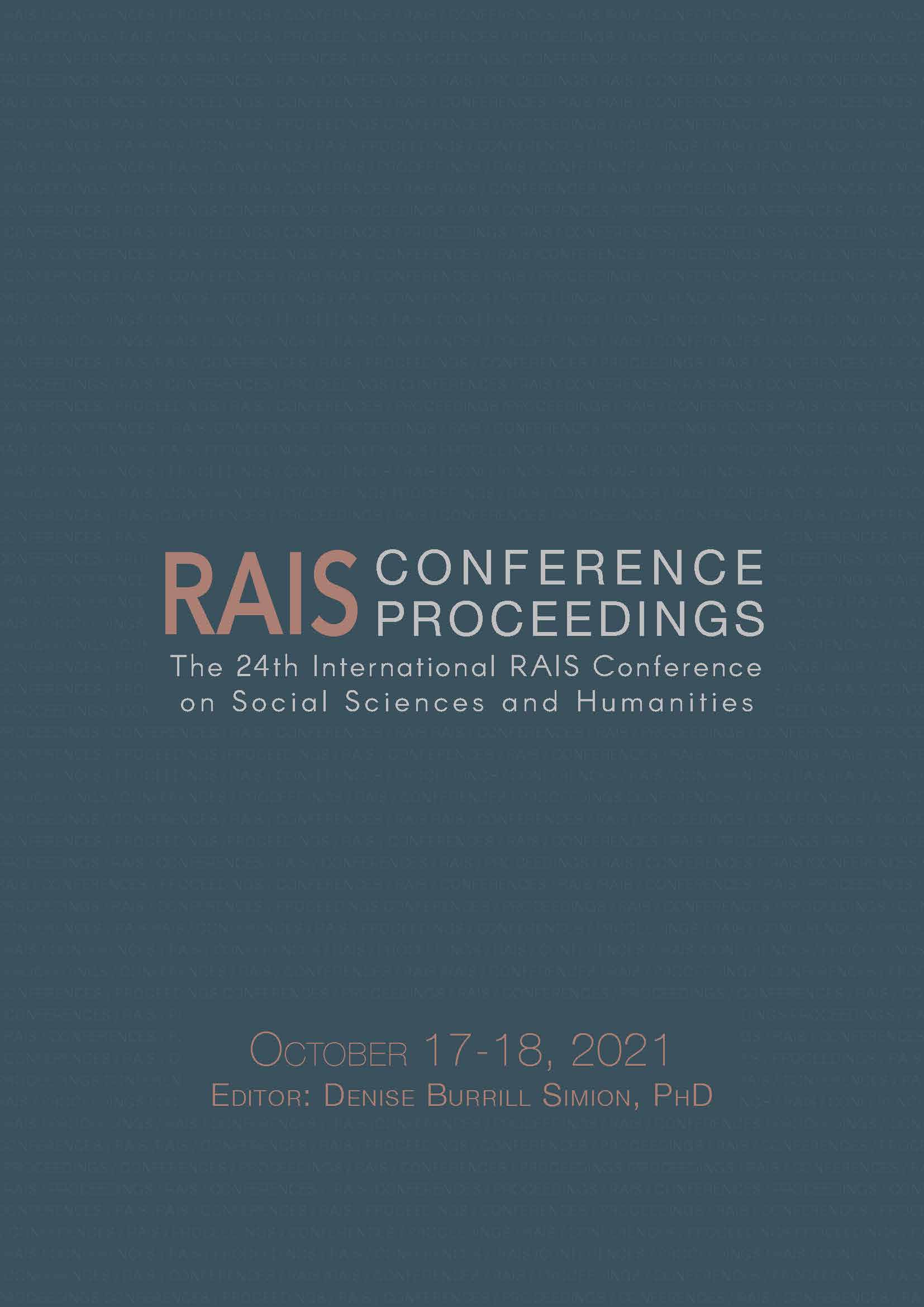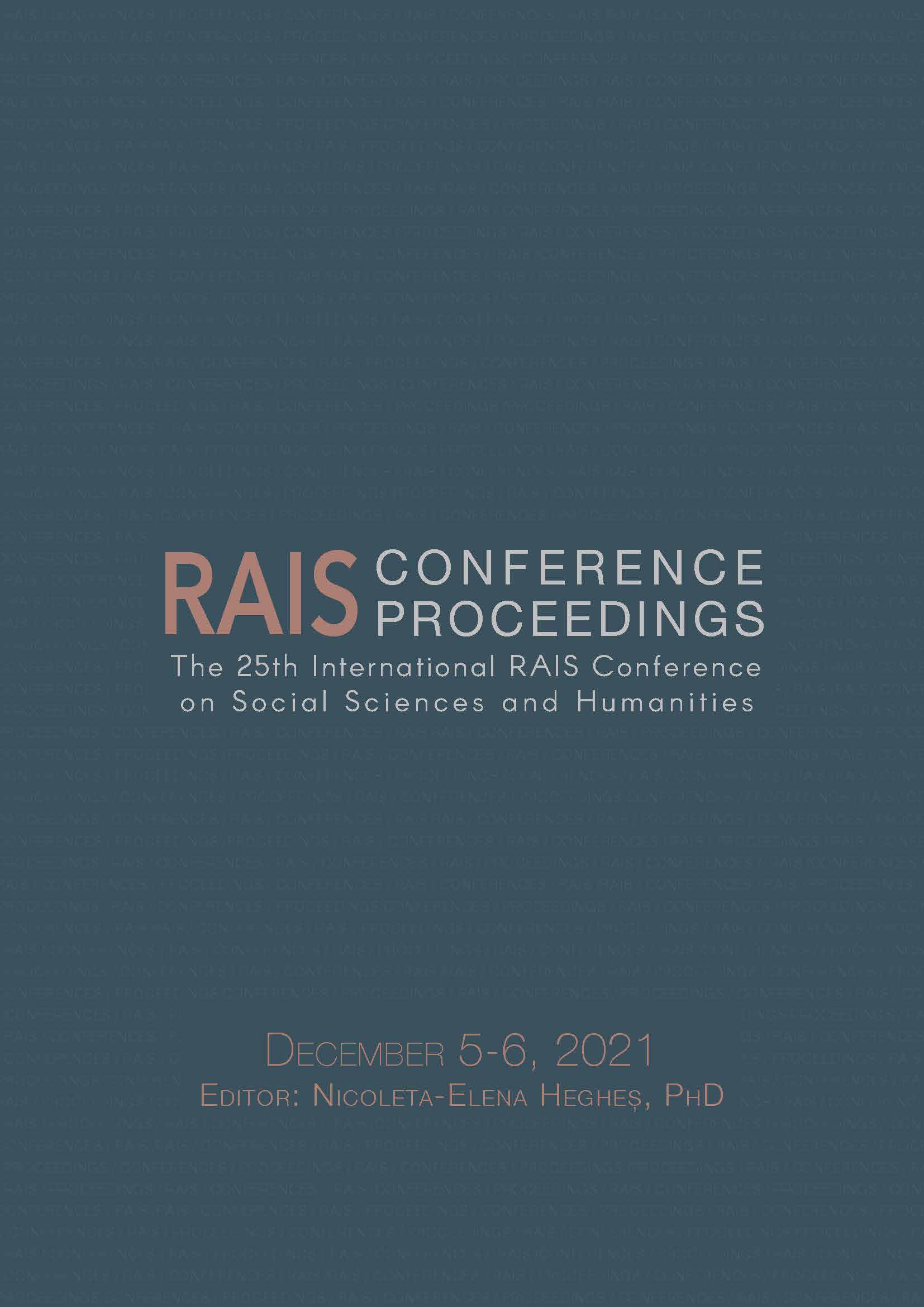
The Impact of Anti-Terrorism Laws on Religious Freedom: Cameroon’s Approach in Combating Terrorism
The Impact of Anti-Terrorism Laws on Religious Freedom: Cameroon’s Approach in Combating Terrorism
Keywords: Religion; terrorism; countering terrorism; human rights; church; politics
Recent developments in international human rights law have revealed that humanity is at great risk of instability and a likely effect of World War III, which may result from Terrorism; the world’s most challenging problem and the biggest threat to international peace and security. The world at large and Cameroon in particular, has suffered from great atrocities caused by terrorist groups. One of such groups is Boko Haram in the Northern part of Nigeria. In a similar vein as Nigeria, Kenya, Chad, United States of America, Belgium, France, Turkey, Britain, Germany and just to name a few, have also been affected by militant groups such as Alshabab, al-Qaeda and ISIS. The devastating effects now echo negatively on fundamental human rights and freedoms, most especially on religious freedom and migration-related issues. Cognizant of its impact and with the aftermath of the 11 September 2001 terrorist attack in the United States, several States, if not all, in an attempt to protect national security, have developed measures to fight against this outrageous act-terrorism. In an attempt to protect national security and curtail terrorism, states have gone beyond their obligations to take steps in line with their constitutional processes by intruding in some basic freedoms. What remains questionable is whether counter-terrorism laws adopted by states are applied for the purpose for which they are intended. The significance of this paper is to critically analyze and assess the impact of anti-terrorism measures on religious freedom (human rights) with Cameroon’s approach in a comparative perspective and the role of the church in peace building and policy making for a better world and development.
More...
